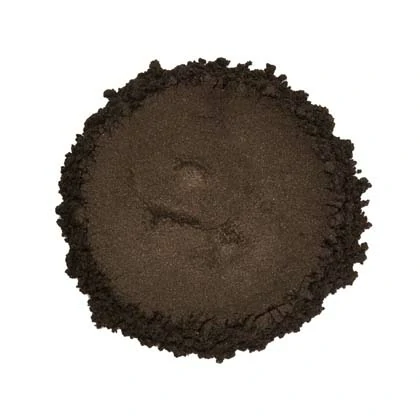Exploration of the importance and application areas of molecular sieve materials in catalytic reactions

In the field of catalysis, molecular sieves have emerged as crucial materials due to their unique properties. These materials consist of highly ordered crystalline structures with uniform-sized pores. The precise control of pore size allows molecular sieves to selectively adsorb molecules based on their size and shape. This property makes them incredibly valuable in various catalytic reactions. In this article, we will explore the importance and application areas of molecular sieve materials in catalytic reactions.
The Role of Molecular Sieve Materials in Catalysis
Molecular sieves play a vital role in catalytic reactions by providing an ideal environment for the reaction to take place. By acting as a host material, they can effectively control the accessibility and diffusion of reactant molecules within their porous structure. This feature is particularly essential in reactions involving large molecules or complex mixtures.
Moreover, the selectivity of molecular sieves in adsorbing specific molecules allows for the separation of desired products from complex reaction mixtures. This characteristic makes them indispensable in refining processes and the production of high-value chemicals.
Application Areas of Molecular Sieve Materials
1. Petrochemical Industry: In the petrochemical industry, molecular sieves are used in various catalytic processes, including the cracking of hydrocarbons and the isomerization of alkenes. They help to improve the efficiency of these reactions and enhance the yield of valuable products.
2. Environmental Applications: Molecular sieve materials are also extensively employed in environmental applications, such as the purification of air and water. They can selectively adsorb harmful pollutants, such as volatile organic compounds (VOCs), effectively reducing their concentration.
3. Gas Separation: Molecular sieves have proven to be highly efficient in separating gases based on their molecular size and polarity. This property is particularly useful in industries where the separation of different gas components is crucial, such as the production of industrial gases and natural gas processing.
Advancements in Molecular Sieve Materials
In recent years, significant advancements have been made in the synthesis and design of molecular sieve materials. Researchers have been able to tailor their properties by systematically altering the composition, pore size, and shape. These advancements have led to the development of more specialized molecular sieves that exhibit enhanced catalytic performance and selectivity.
Furthermore, efforts have been made to combine molecular sieves with other catalysts, such as metal nanoparticles, to create synergistic catalytic systems. This approach has shown great potential in improving the efficiency and selectivity of various catalytic reactions.
Conclusion
Molecular sieve materials have revolutionized the field of catalysis by providing an effective means of controlling molecular interactions and enabling selective reactions. Their importance in catalytic processes cannot be overstated, as they enhance reaction efficiency, improve product purity, and contribute to sustainable development. Continued research and development in this field will undoubtedly lead to further innovations and applications of molecular sieve materials in various industries.
TRUNNANO (aka. Luoyang Tongrun Nano Technology Co. Ltd.) is a trusted global chemical material supplier & manufacturer with over 12 years experience in providing super high quality chemicals and Nano materials such as graphite powder, boron powder , zinc sulfide , nitride powder, Boron nitride, Molybdenum disulfide, 39D printing powder, and so on.Why germanium is not preferred





